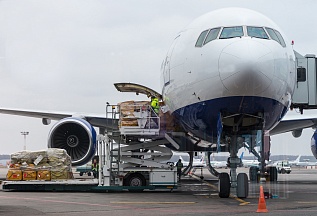The e-commerce boom has become a sign of today. The main factors here are the focus on the PRC as a driver of global demand and the «workshop of the world», as well as the attraction of electronic cross-border trade to faster delivery methods, one of which is railways.
Thanks!
We will contact you.








